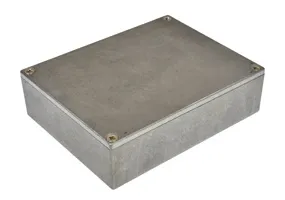What is an Aluminium Diecast Box?
An aluminium diecast box is a type of enclosure or housing primarily constructed from aluminium using a die-casting process. This manufacturing method involves injecting molten aluminium alloy under high pressure into a mold (die) to create complex shapes with high precision and a smooth surface finish. These boxes are specifically designed to protect internal components and circuits from external environmental factors such as moisture, dust, impact, and electromagnetic interference (EMI). They are widely used in various industries due to their excellent properties, including durability, lightweight nature, corrosion resistance, and effective thermal management capabilities. The selection of the right aluminium diecast box is crucial for ensuring the longevity and proper functionality of the enclosed electronics or components. Choosing the right one involves considering the application requirements, environmental conditions, and the specific needs of the project.
Benefits of Using Aluminium Diecast Boxes
Aluminium diecast boxes offer a multitude of advantages that make them a preferred choice in numerous applications. The primary benefit is the robust protection they provide to the enclosed electronics or components. Their inherent strength and durability ensure that internal systems are safeguarded against physical damage from impacts, vibrations, and other mechanical stresses. Additionally, the inherent properties of aluminium provide excellent resistance to corrosion, which is essential in environments where exposure to moisture, chemicals, or harsh elements is a concern. The lightweight nature of aluminium is another significant advantage, as it reduces the overall weight of the final product, making handling, shipping, and installation easier. Furthermore, aluminium exhibits excellent thermal conductivity, enabling efficient heat dissipation, which is critical for electronic components that generate heat during operation. Overall, these combined benefits contribute to the longevity, reliability, and optimal performance of the enclosed equipment.
Durability and Protection
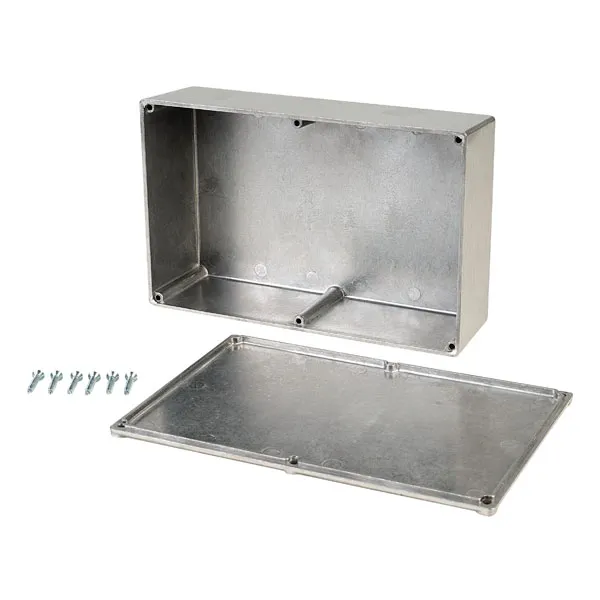
The durability and protection offered by aluminium diecast boxes are a primary reason for their widespread use. The die-casting process results in a dense and strong material that can withstand significant physical stress. This robustness ensures that sensitive electronic components are shielded from impacts, shocks, and vibrations, thereby minimizing the risk of damage or malfunction. Moreover, the sturdy construction of these boxes offers protection against dust, moisture, and other environmental contaminants. This is crucial in applications where the equipment is exposed to harsh conditions. The ability to endure such challenging circumstances makes aluminium diecast boxes an ideal choice for outdoor installations, industrial settings, and any environment where the longevity and reliability of the enclosed components are paramount. The robust nature ensures the equipment’s operational integrity over an extended period.
Corrosion Resistance
Aluminium’s inherent corrosion resistance is a significant advantage for diecast boxes, making them suitable for a wide range of applications, especially in environments with high humidity, exposure to chemicals, or marine environments. The natural formation of an oxide layer on the aluminium surface provides a protective barrier that prevents further corrosion. This protective layer shields the underlying metal from environmental elements, ensuring the structural integrity of the box over time. Unlike other materials that may require additional coatings to resist corrosion, aluminium inherently provides this benefit. This is particularly advantageous in outdoor applications, where exposure to rain, saltwater, and other corrosive substances is common. By resisting corrosion, aluminium diecast boxes help to extend the lifespan of the enclosed components, reducing maintenance costs and minimizing the risk of equipment failure due to environmental degradation.
Thermal Management
Effective thermal management is a critical aspect of electronic enclosure design, and aluminium diecast boxes excel in this area. Aluminium’s excellent thermal conductivity facilitates efficient heat dissipation, which is essential for maintaining the operational integrity of electronic components. As these components generate heat during operation, the aluminium box acts as a heat sink, drawing heat away from the components and dissipating it into the surrounding environment. This helps prevent overheating, which can lead to reduced performance, component failure, or premature equipment degradation. The design of the diecast box can further enhance thermal management through features such as heat fins or integrated cooling systems. Consequently, aluminium diecast boxes are particularly well-suited for applications involving high-power electronics, where efficient heat dissipation is crucial for reliable operation. This capability is vital for ensuring the longevity and performance of sensitive electronics.
Factors to Consider When Choosing an Aluminium Diecast Box
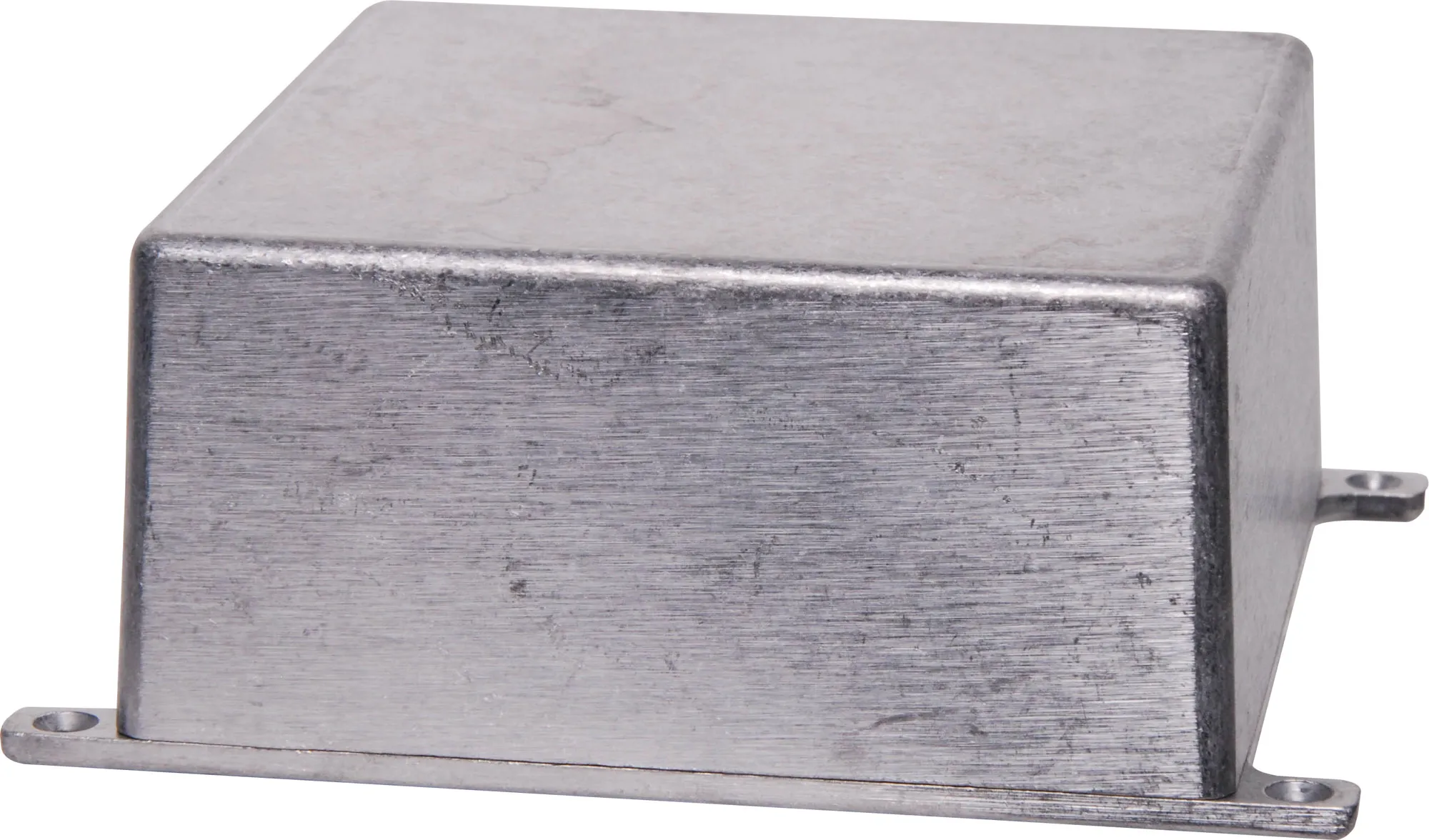
Selecting the right aluminium diecast box involves careful consideration of several factors to ensure it meets the specific requirements of the application. The selection process should begin with a thorough assessment of the environmental conditions in which the box will be used. This includes evaluating the presence of moisture, dust, chemicals, and extreme temperatures. The size and dimensions of the box must be appropriate to accommodate the internal components, with sufficient space for wiring, connectors, and ventilation. The material quality is critical, as it affects the box’s durability, corrosion resistance, and thermal conductivity. The Ingress Protection (IP) rating is also crucial, indicating the level of protection the box provides against solid objects and liquids. Additionally, the specific application requirements, such as the need for EMI shielding or specialized mounting options, should be taken into account. By carefully evaluating these factors, you can select a diecast box that offers optimal protection, performance, and longevity for your equipment.
Size and Dimensions
The size and dimensions of the aluminium diecast box are primary considerations, dictating whether the internal components can fit properly and function correctly. Accurate measurements of the electronic components, circuit boards, connectors, and wiring are essential to determine the minimum internal dimensions required. It’s crucial to leave adequate space around the components for proper ventilation and airflow, especially for heat-generating electronics. External dimensions should also be considered to ensure the box fits within the designated space or mounting location. Compatibility with existing mounting hardware, such as screws, brackets, or DIN rails, is also an important factor. Choosing a box that is either too small or too large can compromise functionality and aesthetics. A well-sized box ensures easy access for maintenance, upgrades, and future component additions. Careful planning helps prevent issues with installation, operation, and performance.
Material Quality and Standards
The material quality of the aluminium diecast box directly impacts its durability, corrosion resistance, and overall performance. The aluminium alloy used in die-casting must meet specific quality standards to ensure structural integrity and long-term reliability. Alloys like A380 and ADC12 are commonly used due to their excellent mechanical properties, good castability, and corrosion resistance. It is important to check if the box complies with relevant industry standards, such as those set by organizations that ensure the material’s suitability for the intended application. The surface finish of the box, which may include powder coating or anodizing, is another important aspect. These coatings provide an added layer of protection against corrosion, abrasion, and environmental factors, enhancing the longevity and aesthetics of the enclosure. Selecting boxes that meet quality standards ensures optimal protection, durability, and performance, providing peace of mind regarding the reliability of the enclosed components.
Ingress Protection Rating
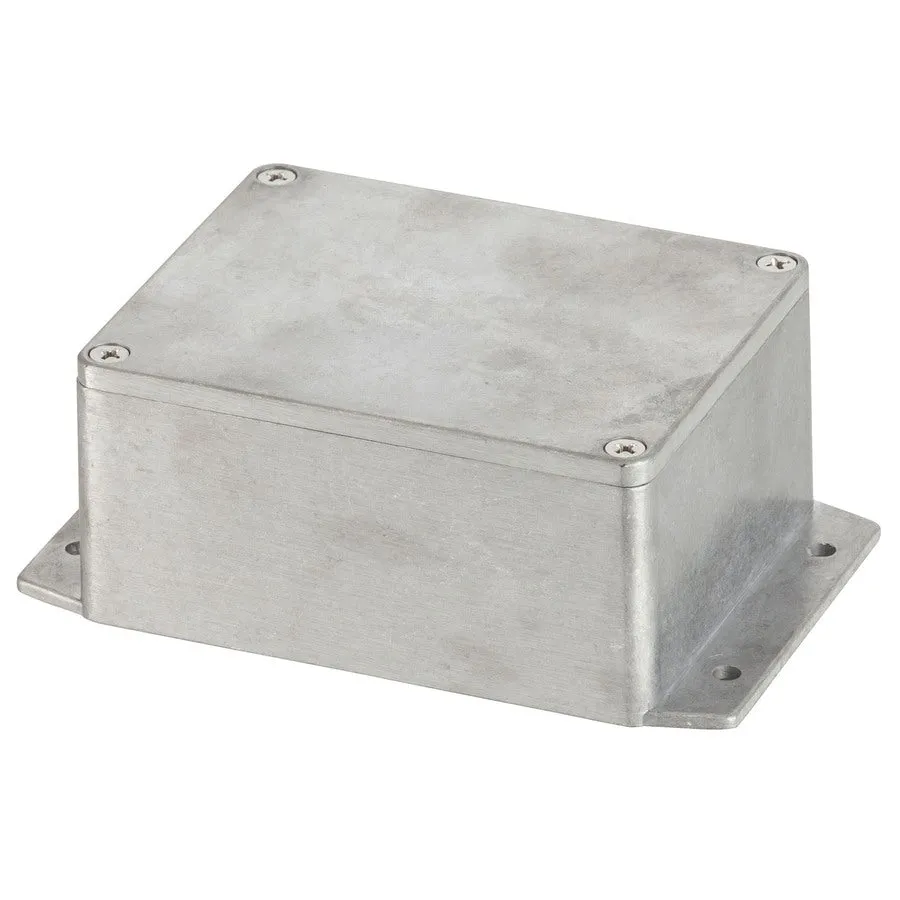
The Ingress Protection (IP) rating is a crucial parameter, specifying the level of protection an aluminium diecast box offers against solid objects and liquids. The IP rating consists of two numbers: the first indicates the level of protection against solid objects, such as dust and debris, while the second indicates the level of protection against liquids, such as water. Understanding the IP rating is essential for selecting a box suitable for the operational environment. For instance, a box used outdoors will need a higher IP rating to protect against rain and other environmental elements. The higher the IP rating, the greater the protection the enclosure provides. For example, IP65 indicates protection against dust and water jets, whereas IP68 provides protection against continuous submersion in water. Choosing the appropriate IP rating guarantees the enclosed components are shielded from environmental hazards, ensuring their continued functionality and longevity in challenging conditions. Therefore, consider the expected exposure to dust and moisture before selecting the right diecast box.
Specific Application Requirements
Beyond the general considerations, specific application requirements may dictate the need for certain features or customizations in the aluminium diecast box. For example, in applications involving sensitive electronics, the box may need to provide electromagnetic interference (EMI) shielding to prevent interference from external sources and ensure proper operation. Specialized mounting options, such as threaded inserts or DIN rail compatibility, may be required for easy installation and secure attachment. If the application involves high temperatures or a need for advanced heat dissipation, the box may benefit from integrated heat sinks or cooling fins. The presence of connectors, switches, or other user interface elements can also influence the box design, requiring pre-cut holes or custom modifications. Considering these specific needs will ensure the aluminium diecast box is ideally suited for its intended purpose, improving the performance and the reliability of the complete system. Proper attention to these details leads to enhanced operational efficiency.
Top Manufacturers of Aluminium Diecast Boxes
When selecting an aluminium diecast box, considering the manufacturer’s reputation and product quality is crucial. Reputable manufacturers offer a wide range of boxes that comply with industry standards. Some leading manufacturers are known for their extensive product lines, high-quality materials, and robust manufacturing processes. These companies often provide detailed product specifications, datasheets, and technical support to assist customers in selecting the right enclosure for their needs. Checking the manufacturer’s certifications, such as ISO 9001 for quality management systems, is a reliable indicator of their commitment to quality and consistent performance. Researching reviews and testimonials from other users can offer valuable insights into a manufacturer’s reliability and customer service. Choosing a well-established manufacturer ensures that you receive a high-quality product that meets your requirements, providing confidence in the longevity and functionality of your equipment. The manufacturer is an essential part in the process of choosing the best aluminium diecast box.
Common Applications of Aluminium Diecast Boxes

Aluminium diecast boxes find applications in a wide array of industries due to their versatility and reliability. Their ability to withstand harsh conditions and provide excellent protection makes them indispensable for various electronic and industrial applications. They are a preferred solution in the electronics, telecommunications, and automation sectors. The use of aluminium boxes helps protect sensitive electronics in these industries, as well as in industrial settings where heavy-duty enclosures are necessary to safeguard equipment from damage. The adaptability of these boxes to different environments further underscores their value in numerous applications.
Electronics and Electrical Components
Aluminium diecast boxes are widely used to house and protect electronic and electrical components in various devices and systems. They provide robust enclosures for circuit boards, power supplies, control modules, and other critical components, shielding them from physical damage, electromagnetic interference (EMI), and environmental factors. Their excellent thermal conductivity is particularly beneficial for components that generate heat, ensuring efficient heat dissipation. In the electronics industry, these boxes are used in applications such as consumer electronics, telecommunications equipment, and medical devices. The versatility of these boxes makes them suitable for a broad range of applications, from handheld devices to large industrial control panels. In the electrical sector, they offer an effective means of enclosing and protecting wiring, connectors, and other electrical components, which extends the lifespan and reliability of these components.
Industrial Control Systems
Within industrial control systems, aluminium diecast boxes provide rugged and reliable enclosures for a wide variety of components. They are commonly used in programmable logic controllers (PLCs), human-machine interfaces (HMIs), sensors, and other automation equipment that operates in challenging industrial environments. These boxes offer the necessary protection against dust, moisture, vibrations, and other hazards commonly encountered in factories, manufacturing plants, and other industrial settings. The durability and corrosion resistance of the boxes are particularly beneficial for equipment exposed to chemicals, extreme temperatures, or harsh operating conditions. Moreover, the ability to customize the boxes with specific features such as mounting options, connectors, and vents allows them to be adapted to specific requirements of each application. In industrial control systems, the use of aluminium diecast boxes ensures the reliable performance and long lifespan of critical components.
Outdoor and Harsh Environments
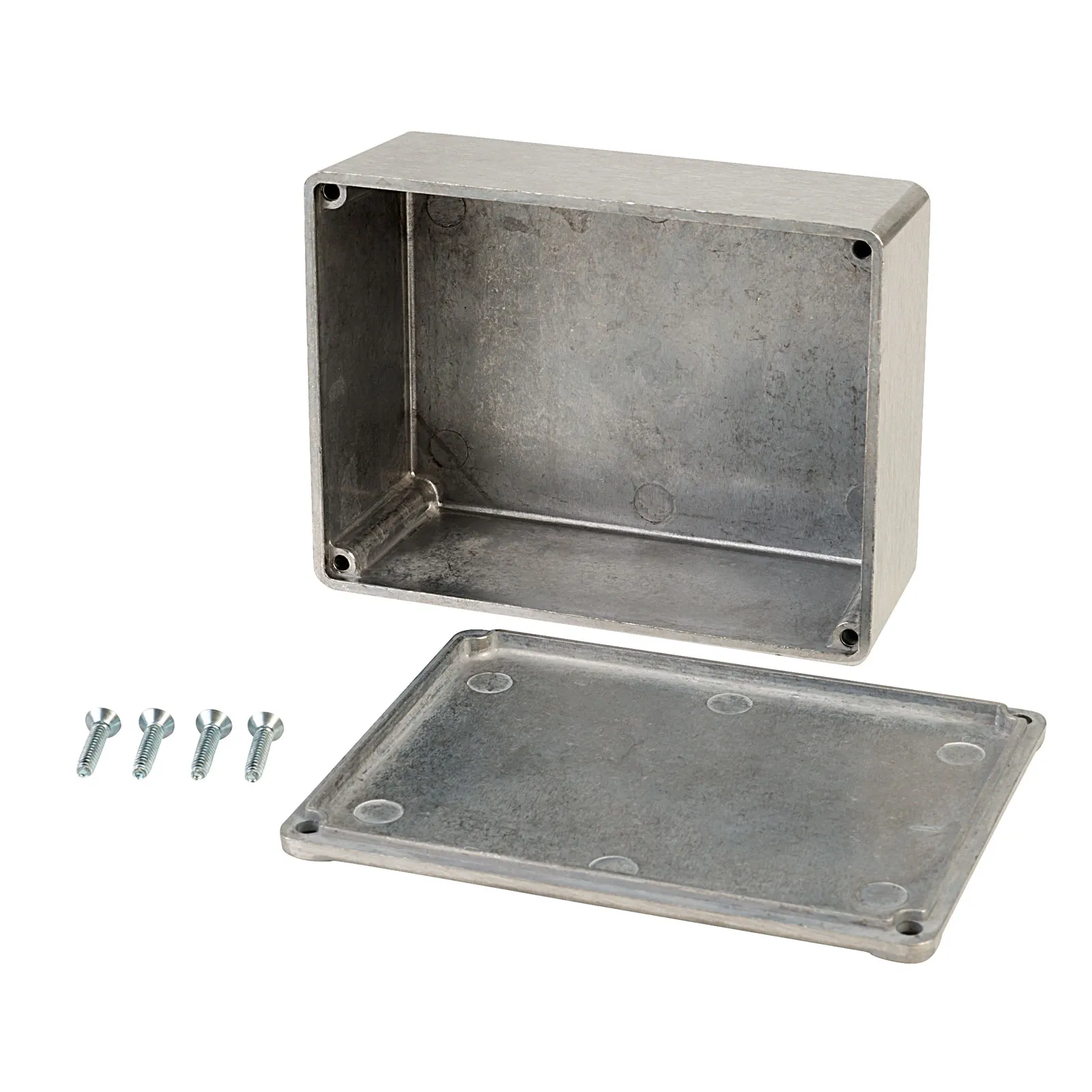
Aluminium diecast boxes excel in outdoor and harsh environments where equipment is exposed to extreme weather conditions, such as rain, sunlight, and temperature fluctuations. Their inherent resistance to corrosion, coupled with the option for protective coatings, makes them ideal for outdoor installations. These boxes are commonly used to house equipment in telecommunications infrastructure, security systems, and traffic control devices. The robust construction of the boxes shields internal components from physical damage caused by wind, rain, or other external forces. They also protect against dust, moisture, and other environmental contaminants that can compromise the performance and reliability of electronic equipment. Choosing the correct IP rating is essential, offering a high degree of protection against the ingress of water and other elements. Because of their ability to withstand harsh conditions, these boxes enhance the longevity and dependability of outdoor equipment, reducing maintenance costs and downtime.
Installation and Maintenance Tips
Proper installation and maintenance are essential for maximizing the performance and extending the lifespan of your aluminium diecast box. Before installation, it’s crucial to ensure the box is suitable for the intended environment and that it meets all necessary regulatory requirements. During installation, the box should be mounted securely using appropriate hardware, following the manufacturer’s guidelines. Proper sealing of the box is essential to maintain its IP rating, preventing moisture and dust from entering. Periodic maintenance should include visual inspections for any signs of damage, such as cracks, corrosion, or seal degradation. Regular cleaning with a mild detergent and a soft cloth will help maintain the box’s appearance and ensure the seals are functioning correctly. Following these tips will help ensure that your aluminium diecast box provides reliable protection and performance over time, thus reducing the need for premature replacement or repair. The overall life of the box is dependent on the care and maintenance it receives.
How to Install Your Aluminium Diecast Box
Installing an aluminium diecast box correctly ensures optimal protection and functionality. The first step is to select the right box for your needs, ensuring it has the correct size, dimensions, and IP rating. Prepare the mounting location by ensuring it is level and stable. Next, position the box and mark the location of the mounting holes. Use the appropriate fasteners for the mounting surface, whether it’s a wall, a panel, or a machine. Ensure the box is securely attached and level. Before installing any internal components, verify that all seals and gaskets are properly in place. Carefully route wires and cables through the designated entry points, ensuring they are properly sealed to maintain the IP rating. Finally, install the internal components, connecting all the necessary wires and connectors. Double-check all connections before closing the box, and make sure the cover is securely fastened. By following these installation steps, you can ensure that your aluminium diecast box offers the best protection for your equipment.
Maintenance and Cleaning
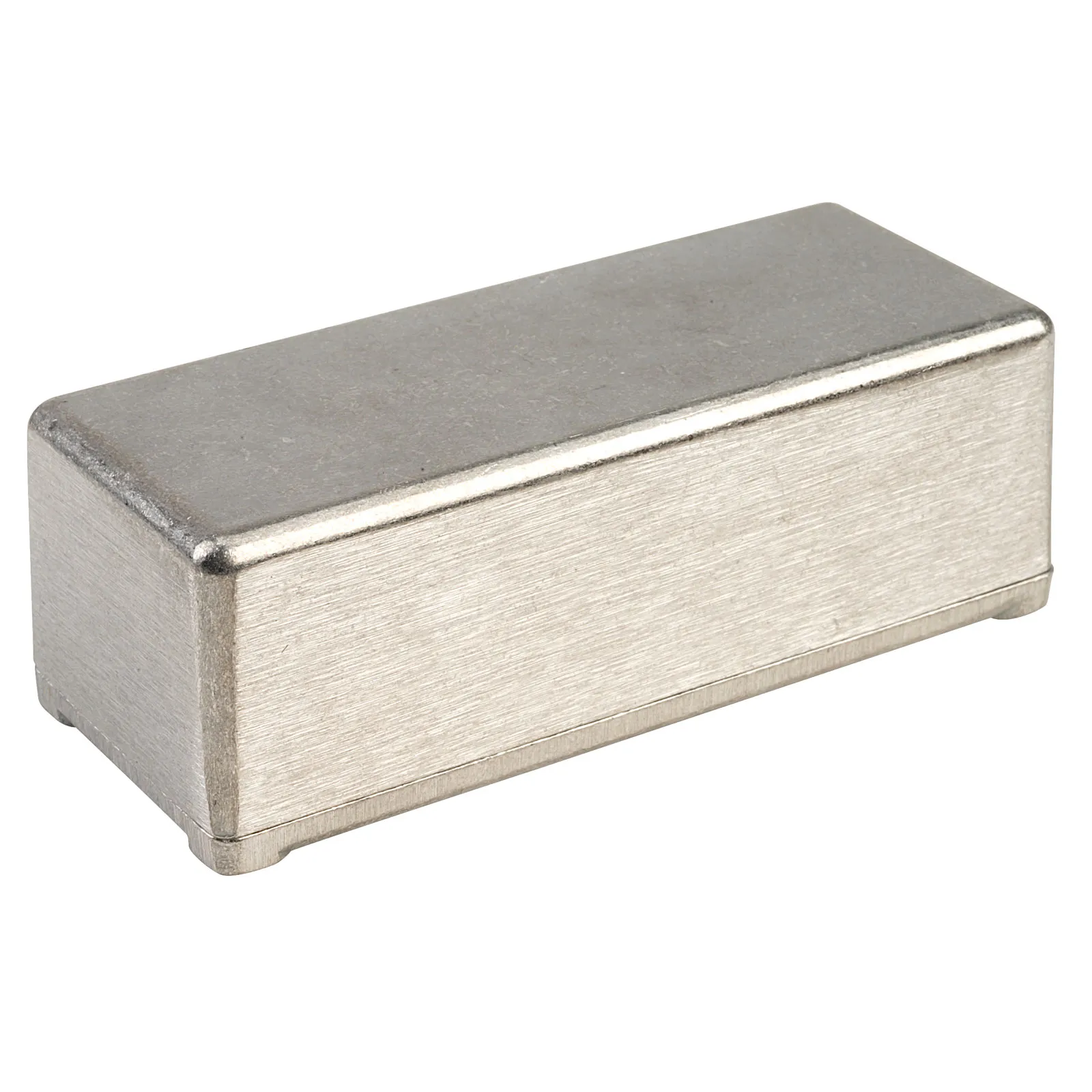
Regular maintenance and cleaning are essential to maintaining the performance and extending the life of your aluminium diecast box. Conduct periodic visual inspections to check for any signs of damage, such as dents, cracks, or corrosion. Remove any debris or dirt that may have accumulated on the box’s surface, especially around the seals and vents. Clean the box with a mild detergent and a soft cloth, avoiding the use of abrasive cleaners or harsh chemicals that could damage the surface or degrade the seals. Inspect the seals and gaskets for any signs of wear or damage, and replace them if necessary. Also, make sure that all screws and fasteners are tightened securely. These maintenance procedures will help to prevent potential problems, such as water ingress or corrosion, and ensure the aluminium diecast box provides optimal protection for your equipment over an extended period. Proper maintenance will increase its useful service life.
Troubleshooting Common Issues
Troubleshooting common issues with an aluminium diecast box can often be done through a systematic approach. One of the most common issues is water ingress, which can be identified by the presence of moisture inside the box. This issue can often be resolved by checking and replacing the seals or gaskets and ensuring all screws and fasteners are tightened correctly. Another common issue is corrosion, which can be identified by the presence of rust or discoloration on the box’s surface. This can often be addressed by cleaning the affected area and applying a protective coating. If there are any concerns about EMI shielding, check the grounding connections and ensure all panels and covers are tightly secured. If you encounter any performance issues, carefully inspect all internal components and connections to determine if any part needs to be replaced. If the problem persists, consult the manufacturer’s documentation or seek professional help to diagnose and resolve the issue. Following these simple steps will make sure your box is functioning at its best.
In conclusion, selecting the right aluminium diecast box is crucial for protecting sensitive components. This involves carefully considering factors such as size, material quality, IP ratings, and specific application needs. By understanding the benefits, including durability, corrosion resistance, and thermal management, and by following proper installation and maintenance tips, you can ensure the longevity and optimal performance of your equipment. Always choosing a reputable manufacturer can help you find a high-quality product. Choosing the right aluminium diecast box is a key step towards a reliable and efficient system.
